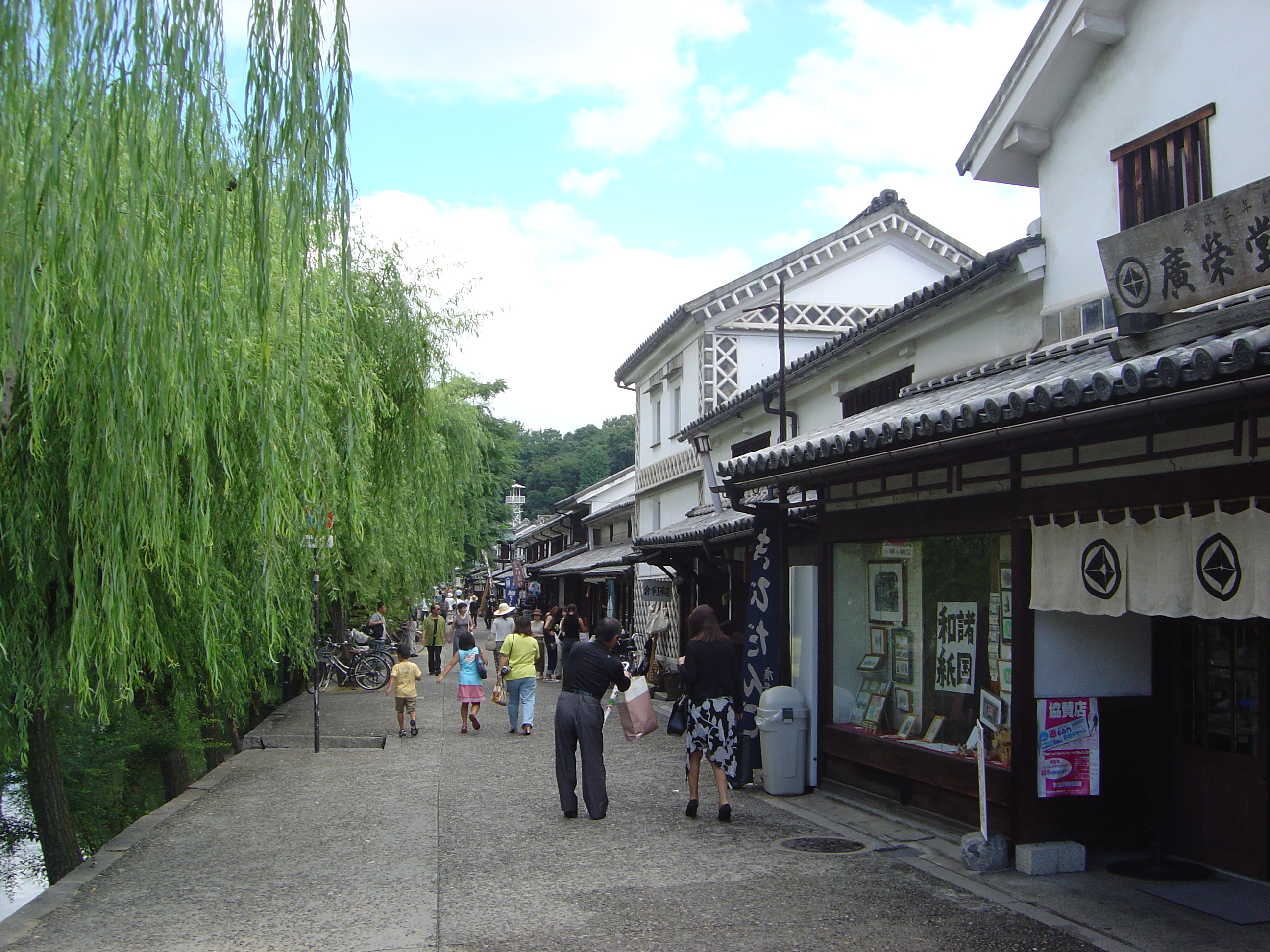|
Tomomi Kai
is a retired Japanese women's professional shogi player who achieved the rank of 5-dan. She is a former , , and title holder. Apprentice professional In September 1998, Kai took a leave of absence from women's professional shogi to enter the Japan Shogi Association's apprentice school at the rank of 6-kyū. She remained in the apprentice school until August 2003 when she expressed her intention to return to women's professional play. She was awarded the rank of women's professional 1-dan upon reinstatement. Women's shogi professional Promotion history Kai has been promoted as follows. * 2-kyū is a Japanese term used in modern martial arts as well as in tea ceremony, flower arranging, Go, shogi, academic tests and other similar activities to designate various grades, levels or degrees of proficiency or experience. In Mandarin Chi ...: April 1, 1997 * 1-kyū: April 1, 1998 * 1-dan: September 1, 2003 * 2-dan: September 18, 2006 * 3-dan: April 19, 2010 * 4-dan: June ... [...More Info...] [...Related Items...] OR: [Wikipedia] [Google] [Baidu] |
Nanao, Ishikawa
is a city located in Ishikawa Prefecture, Japan. , the city had an estimated population of 49,660 people in 21,809 households. The total area of the city was . Nanao is the fifth largest city by population in Ishikawa, behind Kanazawa, Hakusan, Komatsu, and Kaga. Geography Nanao occupies the southeastern coast of Noto Peninsula and is bordered by the Sea of Japan on the east and north, and Toyama Prefecture to the south. Parts of the city are within the borders of the Noto Hantō Quasi-National Park. The name "Nanao" (七尾) literally means "Seven Tails" and is said to be named for the seven mountain ridges (or "tails") surrounding Nanao that are visible when viewed from Joyama (七尾城山), site of the city's historical castle ruins. These ridges are called ''Kikuo'' (菊尾, ''"Chrysanthemum Tail"''), ''Kameo'' (亀尾, ''"Turtle Tail"''), ''Matsuo'' (松尾, ''"Pine Tail"''), ''Torano'o'' (虎尾, ''"Tiger Tail"''), ''Takeo'' (竹尾, ''"Bamboo Tail"''), ''Umeo'' (梅尾 ... [...More Info...] [...Related Items...] OR: [Wikipedia] [Google] [Baidu] |
Living People
Related categories * :Year of birth missing (living people) / :Year of birth unknown * :Date of birth missing (living people) / :Date of birth unknown * :Place of birth missing (living people) / :Place of birth unknown * :Year of death missing / :Year of death unknown * :Date of death missing / :Date of death unknown * :Place of death missing / :Place of death unknown * :Missing middle or first names See also * :Dead people * :Template:L, which generates this category or death years, and birth year and sort keys. : {{DEFAULTSORT:Living people 21st-century people People by status ... [...More Info...] [...Related Items...] OR: [Wikipedia] [Google] [Baidu] |
Kurashiki Tōka Cup
is a historic city located in western Okayama Prefecture, Japan, sitting on the Takahashi River, on the coast of the Inland Sea. As of March 31, 2017, the city has an estimated population of 483,576 and a population density of 1,400 persons per km². The total area is 355.63 km². History The modern city of Kurashiki was founded on April 1, 1928. Previously, it was the site of clashes between the Taira and Minamoto clans during the Heian period. It gradually developed as a river port. During the Edo period, it became an area directly controlled by the shogunate. Distinctive white-walled, black-tiled warehouses were built to store goods. During the Meiji Restoration (Japan's Industrial Revolution period), factories were built, including the Ohara Spinning Mill, which still stands as the nostalgic tourist attraction Ivy Square. On August 1, 2005, the town of Mabi (from Kibi District), and the town of Funao (from Asakuchi District) were merged with Kurashiki. Geography Cli ... [...More Info...] [...Related Items...] OR: [Wikipedia] [Google] [Baidu] |
Women's Ōi
A woman is an adult female human. Prior to adulthood, a female human is referred to as a girl (a female child or adolescent). The plural ''women'' is sometimes used in certain phrases such as "women's rights" to denote female humans regardless of age. Typically, women inherit a pair of X chromosomes, one from each parent, and are capable of pregnancy and giving birth from puberty until menopause. More generally, sex differentiation of the female fetus is governed by the lack of a present, or functioning, SRY-gene on either one of the respective sex chromosomes. Female anatomy is distinguished from male anatomy by the female reproductive system, which includes the ovaries, fallopian tubes, uterus, vagina, and vulva. A fully developed woman generally has a wider pelvis, broader hips, and larger breasts than an adult man. Women have significantly less facial and other body hair, have a higher body fat composition, and are on average shorter and less muscular than men. Througho ... [...More Info...] [...Related Items...] OR: [Wikipedia] [Google] [Baidu] |


.jpg)